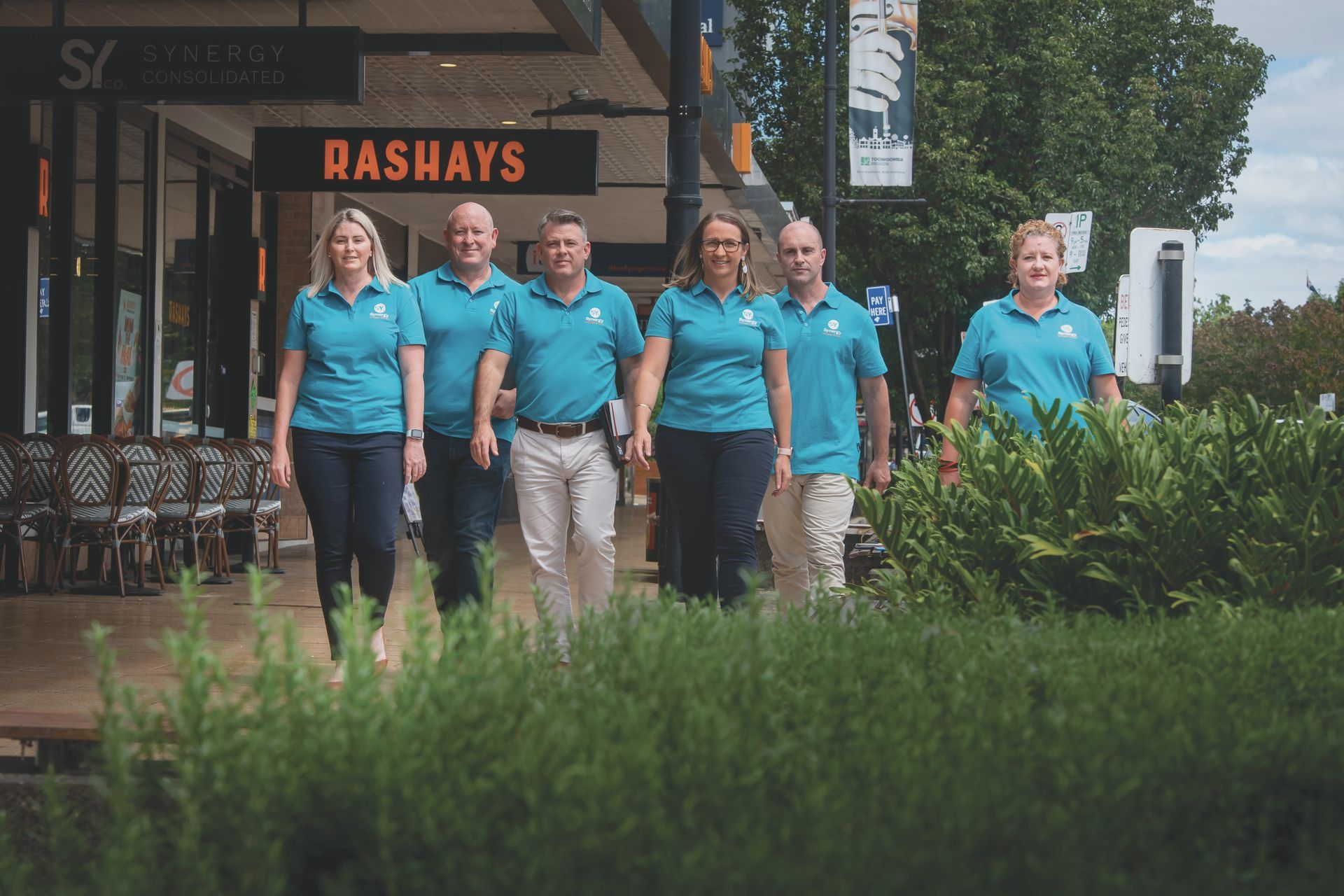LATEST INSIGHTS
Business growth demands new equipment. Yet many businesses struggle to buy what they need without draining their working capital. Equipment loans offer a solution that helps companies acquire heavy machinery, business vehicles, and the technology they need.
The world of equipment financing can seem complex at first. Australian businesses can choose from several options, including business equipment loans, leases and term loans. We created this article to make equipment finance easier to understand and show how it works for your business.
This guide covers everything about equipment loans. You'll learn about financing options and what to think about before applying.

What Is an Equipment Loan?
Let's explain what an equipment loan means to your business. This specialised type of business finance helps you buy essential equipment without paying everything upfront.
The equipment itself serves as security for the loan, which makes these loans special. This benefit means you can usually get 100% of the funding without extra collateral.
Your equipment loan can help you finance the following:
- IT systems and tech equipment
- Machinery and tools
- Company vehicles
- Commercial kitchen equipment
- Specialised industry equipment
The lender registers a security interest over the asset in the Personal Property Securities Register, but you own the equipment right away. You can use your new equipment immediately while spreading the cost over time.
Equipment loans have grown more popular lately. They make up more than 90% of current asset financing. This makes sense, too, given the tax benefits. The interest payments and asset depreciation are usually tax deductible when you use the asset in your business.
Small businesses love these loans because they offer lower interest rates than unsecured business loans. The equipment acts as collateral and reduces the lender's risk. You can also adjust the repayment schedule to match your business's cash flow.
Equipment financing helps keep your working capital intact. Rather than using all your funds on one big purchase, you can keep cash available for other important business needs like payroll, marketing, or managing inventory.
How Do Equipment Loans Work in Australia?
Let us explain how equipment loans work in Australia's business world. You start by evaluating your equipment needs and getting your documents ready.
New businesses that want equipment finance should prepare these items:
- A detailed business plan
- Cash flow projections
- Business Activity Statement (BAS)
- Interim financial statements
- Any existing customer contracts
Your equipment's value determines the loan amount and terms. The funding terms generally range from 24 to 60 months. Businesses can get funding for their equipment's full cost without any upfront deposit, which makes it an attractive option.
Mid-sized businesses use equipment finance extensively. Companies with revenue between AUD 15.29m and AUD 152.90m generally show the highest interest. The interest rates vary between 7% and 30% (rates depend on factors like creditworthiness, loan type, and lender). Fixed repayment schedules help you manage your budget better.
The flexibility in repayment structures makes this option practical. Your business can match repayment patterns with seasonal cash flow changes. Some companies choose lower monthly payments and add a larger balloon payment at the end.
Lenders process these loans faster than traditional ones. Some can approve applications within 24 hours. This quick response is vital when business opportunities need swift action. Your business must be based, registered, and operating in Australia to qualify. The equipment should be used for business purposes.
Different Types of Equipment Loans
Understanding different equipment financing options is important for Australian businesses to make the right choice. Let's explore the available equipment loan types.
Chattel Mortgage
Business owners often choose chattel mortgages for equipment financing. Your business owns the equipment immediately, while the lender holds a security interest. Interest rates stay lower than those of unsecured loans, and businesses can claim both interest and depreciation costs as tax deductions.
Hire Purchase
Many businesses find hire purchase arrangements beneficial. Under a hire purchase agreement, the lender buys the equipment and gives your business possession and use of the equipment with regular payments. Once the final payment is made, the ownership of the equipment is transferred to the business. Generally, interest on payments and depreciation can be claimed. Businesses can spread payments across 12 to 60 months with flexible instalments that match their cash flow.
Leasing vs. Buying
Leasing equipment allows a business to use equipment, usually a vehicle, for an agreed time in return for regular payments. The business does not own the vehicle, although they may have an option to purchase it at the end of the lease.
The choice between leasing and buying depends on several factors:
Leasing Benefits
- Lower upfront costs with monthly repayments
- Equipment upgrades every 2-3 years
- Maintenance is often covered by lease agreement
Buying Benefits
- Full ownership and asset equity
- Equipment can be modified as needed
- Option to sell when no longer needed
Things to Consider Before Applying for an Equipment Loan
Our experience with equipment loans has taught us several significant factors you should think over before signing on the dotted line. Good planning makes a real difference in getting the right financing for your business.
Getting a full picture of your equipment needs should be your first step. Ask yourself: Will this equipment streamline processes, cut costs, or create new revenue streams? Make sure the benefits exceed your financing costs.
The total cost of ownership needs your attention. It is often more than just the purchase price:
- Maintenance and operational costs
- Insurance requirements
- Training expenses for staff
- Storage considerations
Cash Flow Considerations
Your cash flow forecast is vital in picking the right financing structure for your business. Think about how seasonal changes in your revenue could affect your loan payments.
Documentation Preparation
You can speed up the loan process by having these key documents ready:
- Business financial statements
- Tax returns
- Details of all current loans
- Bank statements
- Equipment cost documentation
- Proof of ownership and relevant licenses
Interest and Terms
Take time to review interest rates and repayment terms carefully. Note that longer terms give you lower monthly payments but lead to higher overall interest charges. Some lenders provide special incentives or flexible payment plans that match your business's cash flow patterns.
Your equipment's expected lifespan and potential obsolescence can affect your decision by a lot. This influences whether you should lease or buy and helps determine the ideal length of your financing term.
How Synergy Business Finance Can Help You
Our team at Synergy Business Finance takes the guesswork out of finding the right equipment loan. With our guidance, you’ll gain access to tailored finance solutions, competitive interest rates, and repayment options designed to fit your business’s unique cash flow patterns. Whether you’re a startup or an established business, our personalised approach ensures you’ll make confident, informed decisions.







